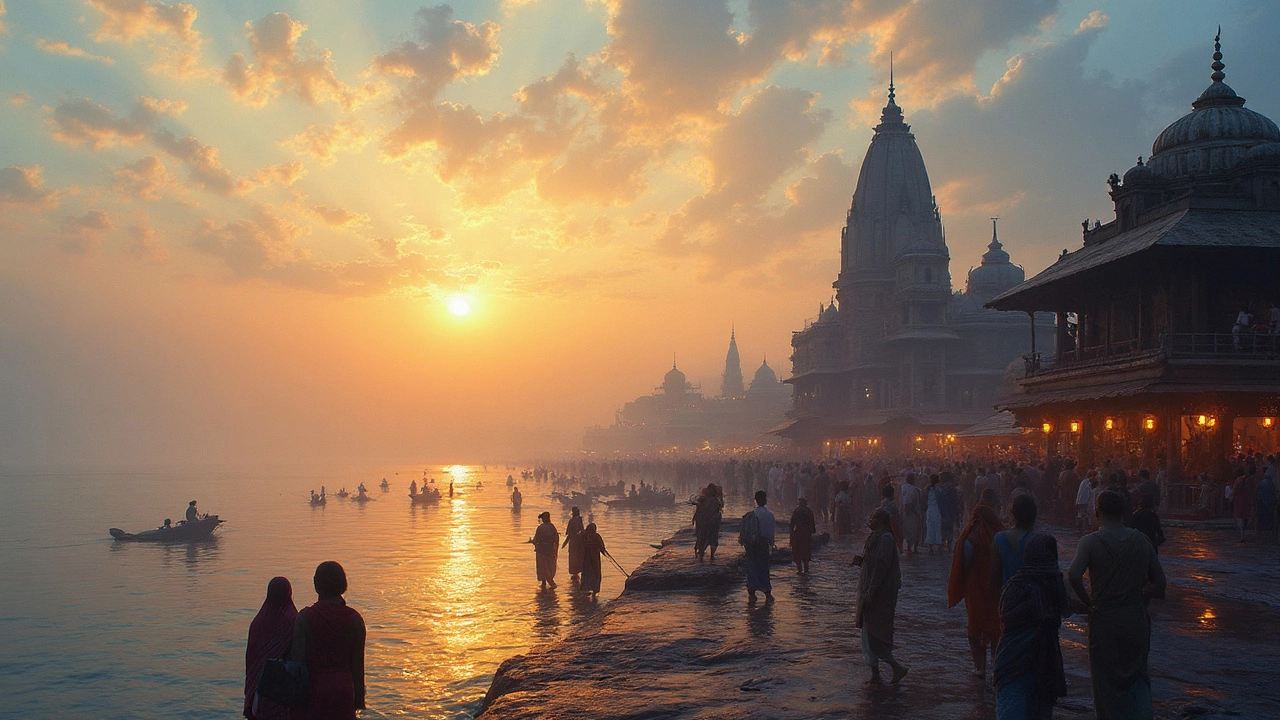SEARCH
Largest Religion in India – What You Need to Know
India is a land of many faiths, but one stands out by sheer numbers. Hinduism claims the biggest share of the population, with roughly 80% of Indians identifying as followers. That makes it the largest religion not only in India but also one of the biggest worldwide. Knowing this helps you understand the country’s festivals, food, and everyday life.
Why does Hinduism dominate the scene? It’s rooted in the subcontinent for thousands of years, weaving together myths, rituals, and local customs. Families pass down traditions, temples act as community hubs, and the calendar is packed with Hindu festivals like Diwali, Holi, and Navratri. All of this creates a strong, lived‑in religion that reaches into every corner of Indian society.
Why It’s the Largest Religion
The numbers are simple: out of over 1.4 billion people, around 1.1 billion call themselves Hindus. This massive base comes from a mix of historical continuity, rural‑centric life where temples are central, and a flexible belief system that embraces many practices. Even in urban areas, you’ll see Hindu symbols everywhere – from street names to restaurant menus.
Because of its size, Hinduism shapes India’s public policies, education, and tourism. Major pilgrimage routes like the Char Dham, the Ganges riverbanks, and the temple towns of Varanasi or Madurai draw millions each year. When you travel, you’ll often hear the echo of prayers, see colourful processions, and taste food flavored with centuries‑old recipes.
Travel Tips for Visiting Sacred Sites
Visiting a Hindu shrine can be a highlight of any trip, but a little respect goes a long way. Dress modestly – cover shoulders and knees – and remove shoes before stepping inside. If you’re offered a prasad (blessed food), accepting it is considered polite. Photography rules vary; some sanctums ban cameras, so ask before you snap.
Timing matters too. Early mornings are usually quieter, giving you space to soak in the atmosphere. Festivals are a double‑edged sword: they’re spectacular, yet crowds can be massive and accommodation pricey. Planning ahead for events like Kumbh Mela or Navratri can save you stress.
Don’t forget to try the local rituals. Even a short ‘aarti’ (lamp ceremony) at a riverbank can feel magical. Listen to the chants, watch the offerings, and let the experience broaden your view of Indian culture. Most locals appreciate curious travelers who show genuine interest.
In short, knowing that Hinduism is the largest religion in India helps you read the cultural map better. From board‑room meetings to street food stalls, the influence is everywhere. Use this insight to plan respectful visits, enjoy vibrant festivals, and connect with the heart of India’s spiritual life.

The Largest Religion in the World: A Glimpse into its Presence in India's Iconic Temples
Discover the largest religion in the world and its impact in India, a country filled with spiritual grandeur. This article offers insights into the significance of religious practices globally and highlights key temples in India where you can witness this religion's rich history. Learn about the cultural and architectural wonders of India while exploring Hinduism, the world's largest religion, through temple tours across the country.
Continue reading